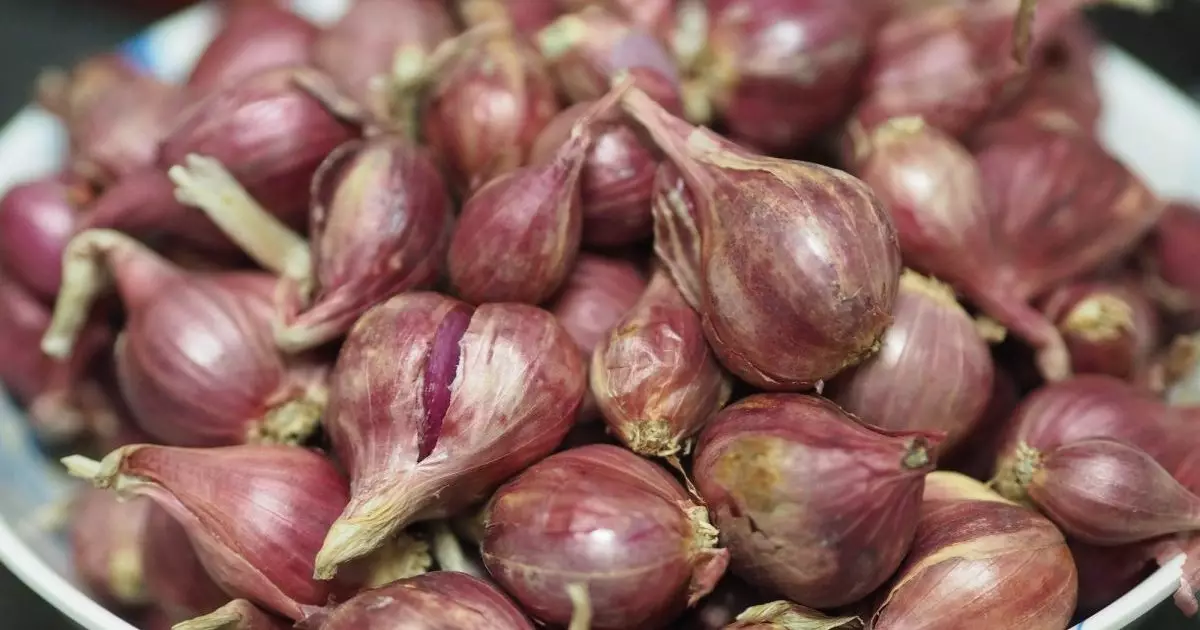When we relish the complex flavors that shallots bring to our culinary creations, it’s easy to overlook the potential hazards they pose to our canine companions. As a member of the Allium family, shallots share toxic characteristics with onions, garlic, leeks, scallions, and chives, all of which are harmful to dogs. While cooked and raw shallots may enhance our meals, pet owners must steer clear of feeding them to their dogs at any cost. Nevertheless, why are these seemingly benign bulbs so harmful?
The toxic principle in shallots lies in thiosulfates, which cause oxidative damage by attacking red blood cells in dogs. This process can lead to serious health issues like anemia, gastrointestinal obstruction, and potentially life-threatening conditions. While some foods are mildly irritating, shallots can disrupt essential bodily functions, making it imperative for every dog owner to be informed.
Recognizing the Symptoms of Toxicity
Dogs that have ingested shallots may not display symptoms immediately. This delayed response can create a false sense of security among pet owners who mistakenly believe their dog is safe. Within hours or even days, signs of toxicity can surface, including severe gastrointestinal upset manifested as diarrhea, excessive drooling, nausea, and abdominal swelling.
In more severe cases, these symptoms could escalate to lethargy and an erratic pulse, leading to serious conditions like anemia. Recognizing these symptoms early can be a game-changer in securing timely veterinary care. A dog may not exhibit visible distress right after ingestion, so it is crucial for dog owners to remain vigilant about their dog’s eating habits.
What to Do If Your Dog Eats Shallots
If you’re a dog owner who finds your pooch indulging in a scrap of dinner featuring shallots, consider the weight and size of your dog when gauging risk. If a small morsel is consumed by a large breed, the danger may be minimal, though still not to be dismissed. However, if you see signs your dog has devoured a significant portion of shallots or if it’s a small dog, seeking veterinary help becomes non-negotiable.
Veterinarians frequently advise that prompt action is vital in such incidents. Treatment may include inducing vomiting or administering activated charcoal to limit absorption of the toxins. Waiting too long can worsen your pet’s conditions due to the compounding nature of thiosulfate toxicity.
Culinary Caution: Understanding Ingredient Risks
The culinary landscape is filled with ingredients that can be hazardous to dogs, and shallots are just the tip of the iceberg. It is alarming how many dog owners include common household ingredients in meals not realizing potential residues or hidden ingredients may harm their pets. Take special care when selecting ingredients for your dishes, particularly if you have furry family members who are eager to sample whatever is on your plate.
Educating yourself about safe versus unsafe foods should be a priority. Resources are available for dog owners to help identify which common food items are toxic to dogs. However, there should be an understanding that simplicity is key in cooking for our pets. A few carefully chosen, dog-safe ingredients can make an equally flavorful and healthy meal for both humans and pets alike without the accompanying risk of toxicity.
The Importance of Veterinary Guidance
It is essential for you, as a dog owner, to maintain a close relationship with your veterinarian. Regular consultations and discussions about food safety can prevent future health issues. Many pet owners underestimate the importance of being proactive in these discussions. If in doubt about certain foods, always err on the side of caution.
Establishing a rapport with your veterinarian can provide peace of mind, and they can guide you through the dangerous waters of canine nutrition. Knowledge is power, and the more informed you are, the safer your dog will be. Make it a practice to stay updated on the latest findings around pet nutrition, as guidelines can shift as new research emerges.
In a world filled with tantalizing flavors that enrich human cuisine, the priority must always be ensuring our canine friends stay healthy, safe, and thoughtfully nourished. The delights of the kitchen should never put their well-being at risk.

